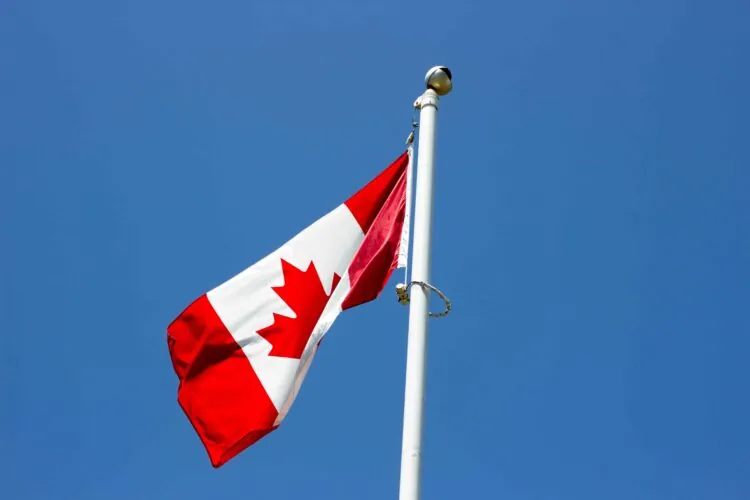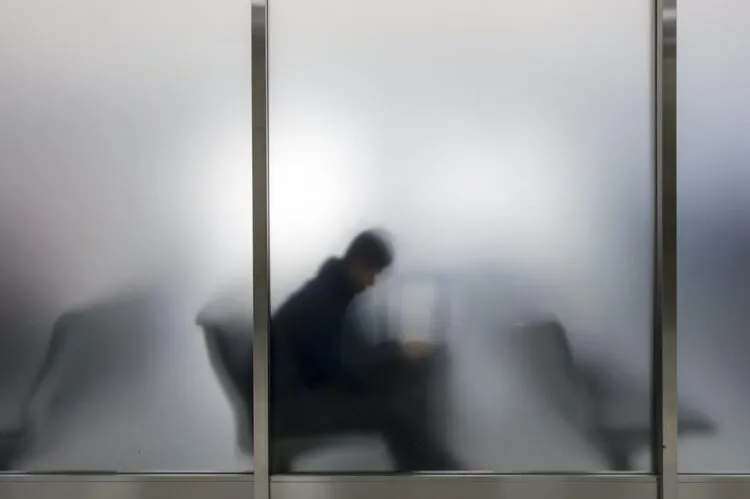Flagpoling update: Clarifying the changes and exemptions for temporary residents

Just before Christmas, the Government of Canada put an end to the practice of “flagpoling”—a term used when temporary residents apply for work or study permits at the border and then turn around the next day to get expedited immigration processing.
It was a significant policy shift and part of a broader effort to enhance border security and streamline the immigration system.
In the two months since then, further clarifications have surfaced about what this really means.
No longer just a 24-hour rule
Traditionally, the practice of flagpoling enabled temporary residents to circumvent long application wait times by crossing into the U.S. or St. Pierre and Miquelon and then re-entering Canada. Originally, flagpoling only applied to those who returned to Canada within 24 hours of departure. But that is no longer the case. Flagpoling now includes any return trip to Canada from these regions, regardless of the duration of your stay.
An article we posted on December 30, 2024, used the old definition, suggesting that flagpoling only applied to those whose stay abroad was under 24 hours. The updated definition encompasses any duration of stay in the U.S. or St. Pierre and Miquelon.
Some exemptions apply
Some exemptions to the flagpoling rules do apply. For example, it’s important to note that this practice does not apply to foreign nationals entering Canada from other countries. A foreign national is a person who is not a Canadian citizen or permanent resident, but who comes to Canada temporarily for business or vacation, for international trade, or who works for a foreign government or company outside of Canada.
Flagpoling also does not apply to foreign nationals entering Canada from the U.S. or St. Pierre and Miquelon if they are not re-entering Canada.
While the practice of flagpoling has been terminated, some individuals are exempt from this ban. These exemptions include:
- U.S. citizens and lawful permanent residents;
- Professionals under trade agreements; and
- International truck drivers under specific conditions.
Impact on immigration applications
The end of flagpoling means that most temporary residents in Canada must now apply for work or study permits online. This process can take several months, complicating the situation for those in need of immediate immigration services.
If a temporary resident is eligible to apply for work or study permits at a port of entry upon arrival from a country other than the U.S. or the islands of St. Pierre and Miquelon, they can still do so upon entry to Canada.
Going forward
It’s important for all temporary residents to remember that the updated definition of flagpoling includes any return trip to Canada from the U.S. or St. Pierre and Miquelon, regardless of the duration of stay.
Understanding these changes, along with the specified exemptions, is essential for those navigating the Canadian immigration system.
Note: This article is of a general nature only and is not exhaustive of all possible legal rights or remedies. In addition, laws may change over time and should be interpreted only in the context of particular circumstances such that these materials are not intended to be relied upon or taken as legal advice or opinion. Readers should consult a legal professional for specific advice in any particular situation.





